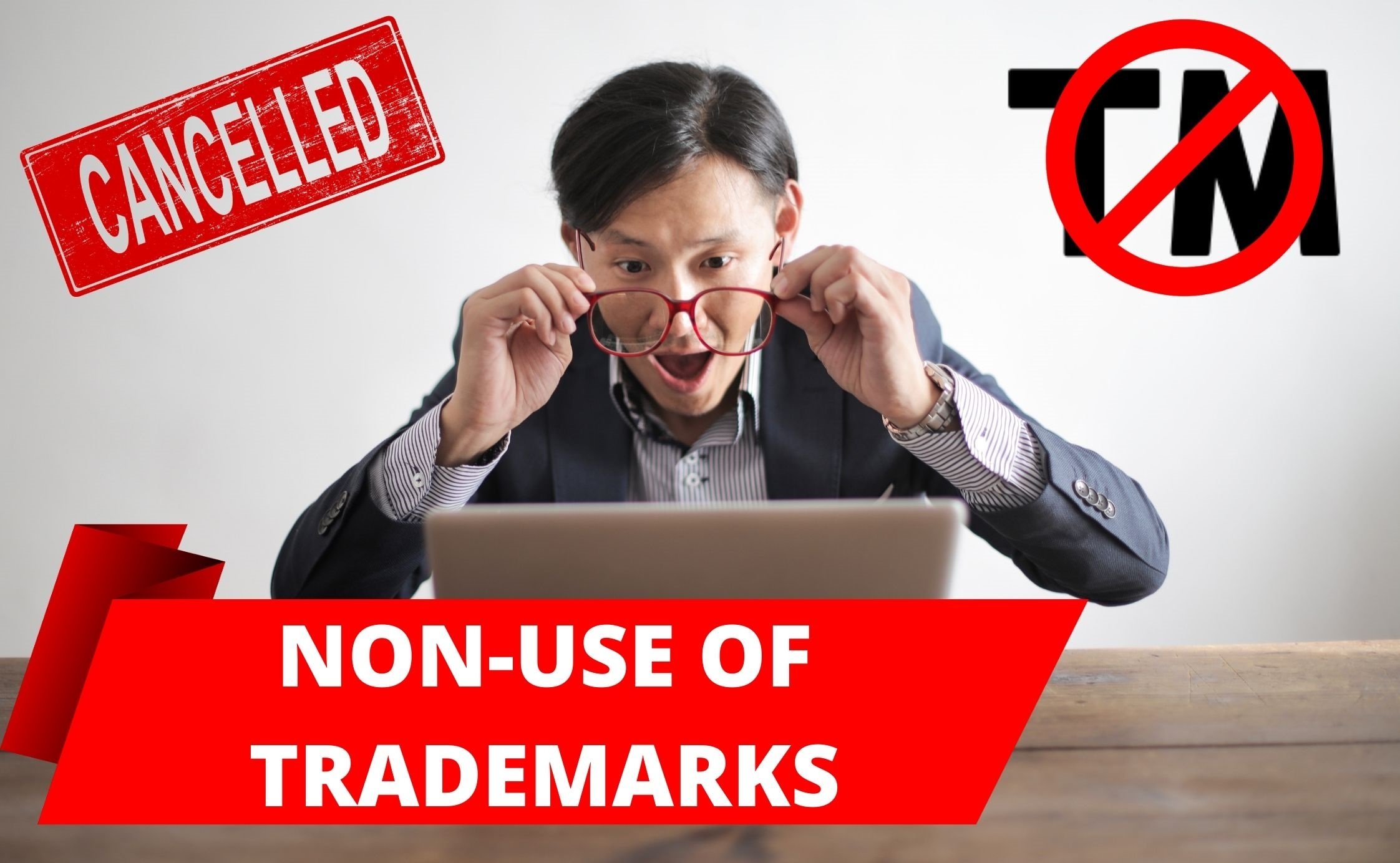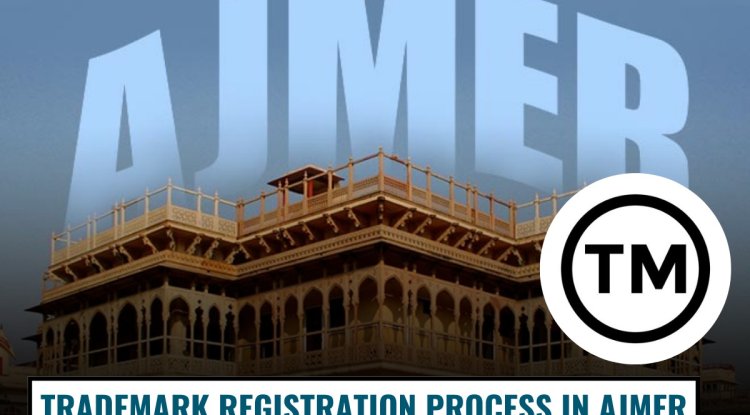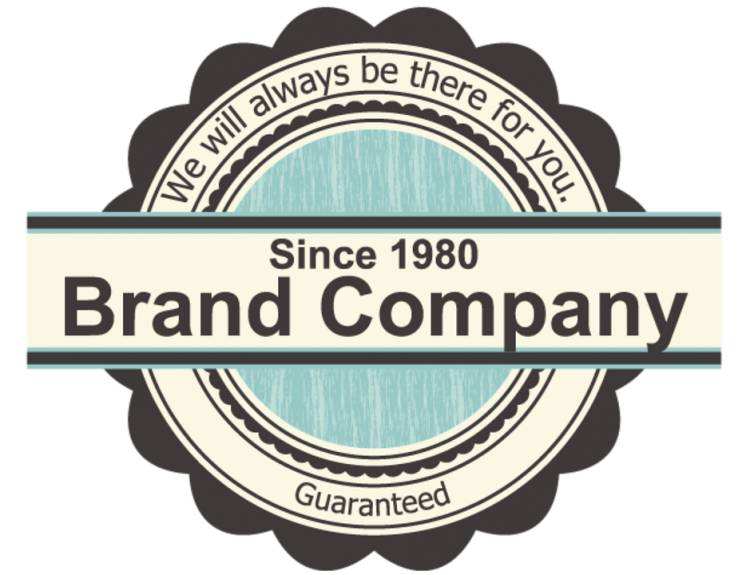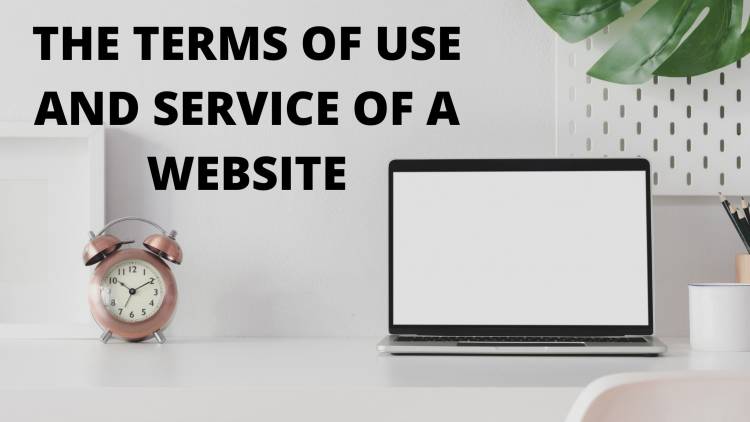NON-USE OF TRADEMARKS
The Trademarks Act, 1999 was formed to regulate and govern aspects of trademarks in the growing competition. Thanks to the increasing competition due to the 1991 Economic Reforms, each brand and product has its own identity and for the entity to enjoy such an identity, trademarks were formed. To have a trademark, one has to get it registered by the Registrar and renew it from time to time. What happens if the Trademark is not used or renewed?

In basic terms, a trademark is a design or logo added to articles of business to add another distinguishing attribute to the product. In short, it is a mark capable of giving a person or an organization's commodity a distinctive sign or an indicator.
The Trademarks Act, 1999 was formed to regulate and govern aspects of trademarks in the growing competition. Thanks to the increasing competition due to the 1991 Economic Reforms, each brand and product has its own identity and for the entity to enjoy such an identity, trademarks were formed. To have a trademark, one has to get it registered by the Registrar and renew it from time to time. What happens if the Trademark is not used or renewed? Section 47 of the Act deals with such a situation. Section 47 talks about removal from register and imposition of limitations on the ground of non-use.
Use of a Trademark- A matter of fact that differs from case to case is the assessment of whether a mark has been used continuously. 'Use' has been described concerning the non-use of trademarks as meaning: 'the use of a printed mark or any visible image of the mark on, or in any physical or any other association whatsoever with, products or services.' Besides, for the word "use," the courts have clarified that the term "use" does not actually indicate and suggest actual physical sales and it is now well known that even mere advertisement can be said to be a use of the label without even having the presence of the products.
THIS IS THE REASON WHY YOU SHOULD REGISTER YOUR TRADEMARK. WATCH THIS VIDEO -
Non-use of a Trademark- A case decided by IPAB held that if for more than 5 years and 3 months, the owner of the logo has not used the mark, he may lose his trademark rights in such rectification or opposition proceedings. While the person who files the request for rectification is normally responsible for proving non-use, the responsibility can be passed to the trademark owner in the process of the hearing and if he fails to establish the use, his mark may be liable to be withdrawn from the registry.
As per Section 47 of the Act, the ground on which the trademark may, in respect of the goods or services on which it is registered, be removed from the registry upon application in the manner specified:
- The absence of an intention of good faith on the part of the trademark owner to use the trademark while applying for its registration;
- Failure of the registered owner during the preceding three years to use the trademark
While there are cases where the non-use of trademark applications pass, benefitting the applicant, there are cases where such applications fail. Some scenarios where they fail are:
- PARTIAL NON-USE: For five different products, a trademark may be licensed, but only used in relation to one of them. In that case, for four of the products, the mark may potentially be eliminated.
- CLASSIC NON-USE: Any trademarks merely fall into disuse. The item may not have been as good as the owner hoped, or the company may have been closed down by the owner. These unused trademarks are 'cleaned' from the registry and owners are expected to provide proof of continued use.
- USE BY DIFFERENT PARTY: A registered owner often doesn't use the mark directly, but allows it to be used by another person. In these situations, if the owner can claim that the other person is an 'authorized user,' the trademark would not be revoked for 'non-use.' This is because the Act states that use by an 'authorized user' of a trademark is deemed to be used by the licensed owner.
- USE OF A DIFFERENT TRADEMARK: If a trademark is registered in a certain way, so it is standard protocol to use it in that form. Sometimes, however, owners modify the trademark over time. More generally, the logo could be re-designed as part of a brand redesign if the mark is registered in a logo form. If the changes are slight or if the changes do not greatly affect the identity of the trademark, to use the technical language, then it would not cause any issues for the owner.
The application for non-use of a trademark can be done. It is possible to make an appeal for rectification either before the Registrar or the Appellate Board. An order issued by the Registrar can be appealed to the IPAB within 90 days and is not appealable. A formal appeal can be submitted before the High Court to appeal this order. If the appeal is filed immediately with the Appellate Court, it may be contested by filing a written motion with the High Court. In addition to the submission of the required forms and costs, the claim must be followed by a statement of the case, which essentially points out the essence of the interest of the claimant, the evidence on which the case is based and the relief sought.
One of the examples of losing trademark on the account of non-use can be of Cadbury losing four ‘Éclair’ related trademarks. The company did not fight hard enough for the ownership of the trademark that they owned for 40 years. They simply let it go on the basis that they never really used it.
On the application of non-use being successfully implemented, the general remedy is that the trademark is removed from the registry. In India, in addition to the removal from the registry, In general, in the course of opposition or infringement action, rectification on the ground of non-use usually occurs as a counter-blast.
BY - ADITI GOEL












